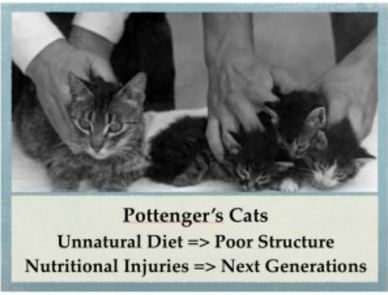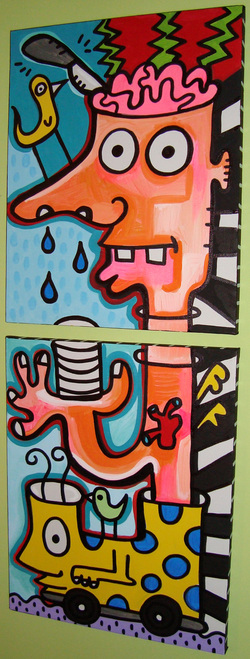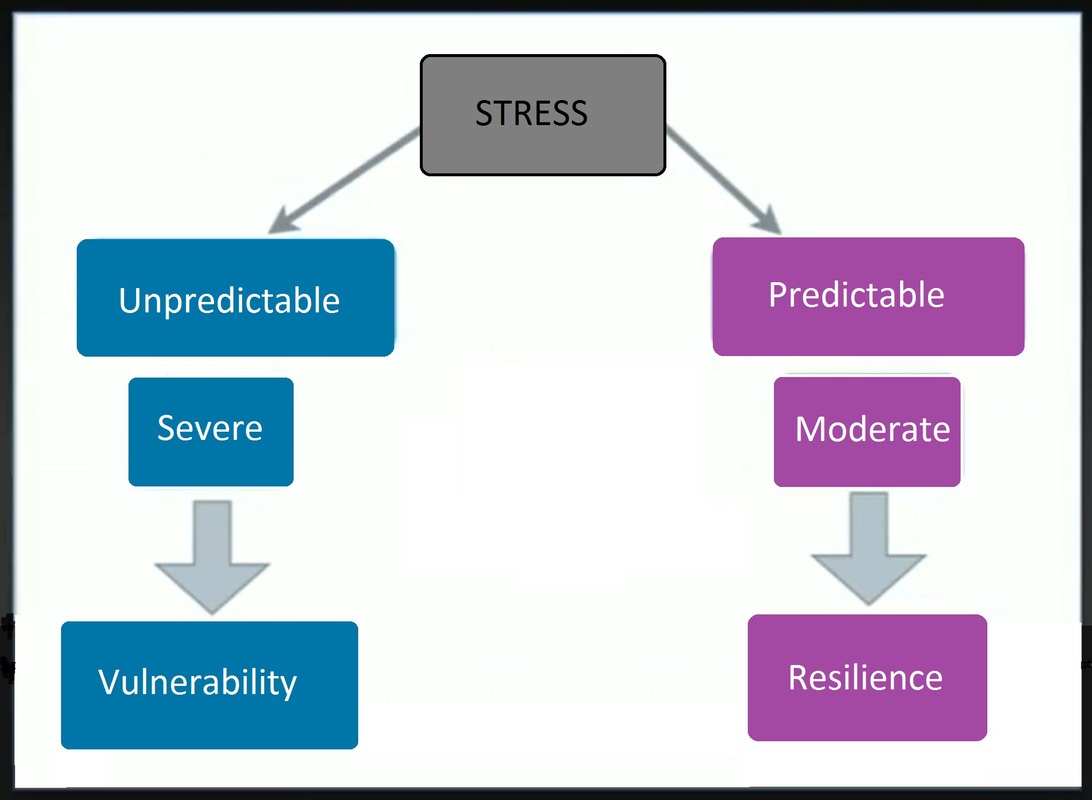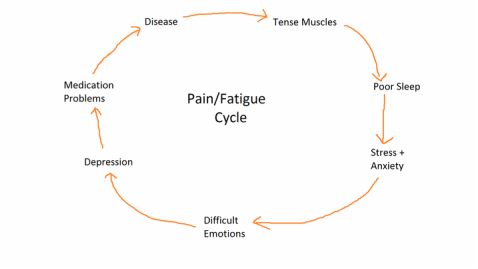- Contactless register of your temperature upon arrival
- COVID waiver to ascertain that patients have not been away from the province in the last 14 days, and have not been in contact with anyone who has tested positive for COVID, or has any symptoms of COVID, in the last 14 days
- Limited number of people in the waiting area – maximum of 3 at any time
- Plastic screen separating reception area from waiting area
- Staff and therapists wear medical masks at all times
- All visitors and patients are required to wear medical masks
- Therapists wear face shield and gloves when attending to patients
- Gloves are discarded after every patient use, and therapists adhere to strict hand washing or sanitizing in between patients
- Treatment beds are sprayed with disinfectant and wiped down after every patient use
- All pillows are plastic wrapped and sprayed with disinfectant and wiped down after every patient use
- All pillow cases and linens are washed after every patient use
- All equipment and therapy machines are sprayed with disinfectant and wiped down after every patient use
- Office after hours cleaners clean the clinic daily, and are required to wear masks and gloves while cleaning
|
Here is how we are keeping you safe at BC-ICE and HeadWorks Physiotherapy:
0 Comments
Here is the rest of it
6. Sleeping positions:
7. Use moist heat or ice: Moist heat:
Generally, heat is used in non-acute conditions for pain relief and muscle relaxation, and ice is used in acute (recent with severe pain and swelling) injury to reduce pain and swelling. Ice has an analgesic (numbing) effect. 8. General care:
As promised, here is some basic TMD stuff. This is from a handout I give to my new patients on their first visit. I have split it into 2 separate parts so it's not too much at once.
Looking After Your Jaw (Part 1)
2. Avoid tooth contacting habit with jaw positioning:
3. Modify your diet:
4. Avoid opening your jaw wide:
5. Do NOT test your jaw!!! When you move your jaw to the point where you produce pain and discomfort (by opening your jaw and swinging it from side to side beyond the comfortable range of motion), you add to the stress on your jaw muscles and joints. This will likely cause continuation of the problems you are trying to eliminate I hope that helps a bit and I will write up the rest of it next month. In the meantime, tongue lives upstairs, teeth don't touch, and keep your lips together so you don't swallow any insects ;)  It's hard to believe that it's been more than a year since I've written in here. I spent the rest of 2016 and the first third of 2017 preparing for my certification exam which was held in May 2017 at the beginning of the AAOP Annual Scientific Meeting. This time the meeting was in Scottsdale, Arizona. A few things about Scottsdale, Arizona:
Needless to say, I spent the rest of the time recovering, and before I knew it, it's November, with just over a month to go before Christmas...must have been having fun. Brag alert: So all that work got me a specialist designation called "Certified Cervical and Temporomandibular Therapist" (CCTT for short). This is certification by the Physical Therapy Board of Craniofacial and Cervical Therapeutics (PTBCCT). Currently, there are eight CCTTs in Canada, three of whom (myself included) are in Vancouver, BC. I am hoping to squeeze in one more write-up in December, so be sure to watch this page. Not sure what it will be about yet, maybe some basic TMD stuff. Until then, take care!  This will be the last post in the Epigenetics series. I hope that you learnt something interesting about epigenetics: the environment changing our genes. Here is a really good example of epigenetics at work: In the 1900s, Dr. Weston Price did an extensive study on the effect of diet on dentition and health. He studied native people of different countries and noticed their excellent health and perfect dentition, and tied it to the kinds of food they ate. These people ate traditional whole foods that were not refined/processed and, as a result, they were extremely healthy even into their old age. In the following generations of these people, as they were exposed to more and more Western diets (when the Westerners would introduced their foods to these people eg, at the trading posts, etc), they developed tooth decay, had detrimental arch changes (malocclusion, narrowed dental arches, crowded teeth) and became unhealthy with many Western diseases such as diabetes and high blood pressure. {Weston A. Price, DDS, Nutritional and Physical Degeneration, 8th ed. (2008)}  Here is a very interesting video to watch: https://www.youtube.com/watch?v=XPCOGSnjP5w At around the same time, Dr. Pottenger did a ten-year-long study on cats and found that the cats which were feed traditional, raw, unrefined meat and milk, as opposed to cats which were fed cooked meat and pasteurised milk, were extremely healthy and strong, with excellent skeletal and dental formation, maintained their fertility, and did not have any diseases. The cooked meat cats had poor health, compromised fertility, rampant tooth decay and even emotional challenges. The first group of cats had healthy offspring even into the third generation. In the cooked meat group, Dr. Pottenger was unable to get the cats past the third generation as the cats became sterile. Both Dr.Price’s and Dr. Pottenger’s studies reinforced that the traditional, non-processed diet was by far more beneficial to health and dentition, both in the immediate generation, as well as for generations to follow. (Pottenger, Jr., Francis M. Pottenger’s Cats: A Study in Nutrition. The Price-Pottenger Nutrition Foundation: 1983.) We need to learn from these studies and apply it to our lives. It is, of course, convenient to eat processed and refined foods. A diet that is 50% refined and 50% traditional is still acceptable, though not the best, but if we bow to the convenience of a processed diet, then we are compromising our health and the health of future generations. For more information, please visit http://ppnf.org/ Making epigenetics work for us: Thinking back on our rat studies, the lesson we can learn is that minimizing early stress in individuals can have long term benefits. Also, the cost of treating adult diseases may be reduced by reducing prenatal and postnatal stress. It would be even more effective if this intervention and prevention of stress were to be achieved before the start of pregnancy. Children at risk may benefit from psychosocial interventions in early life which influence brain development. As well, perinatal infections, nutritional disorders and exposure to toxins must be cautiously avoided and treated in the perinatal stage for maximum benefit. One of the best things we can do for our kids is to provide them with a stable, secure and predictable home life. They know what to expect, they feel safe, and their nervous system does not need to go into hypervigilance because of the stress of uncertainty. We have just decreased their risk of developing chronic pain in their later years. "One of the luckiest things that can happen to you in life is to have a happy childhood and a loving home." ~Agatha Christie
For those of us who don't feel that lucky: "It is never too late to have a happy childhood." ~Tom Robbins We can make a change for the next generation... Epigenetics at work... What's the point of having a hypervigilant nervous system?
For our great ancestors, a brain with increased excitability allowed them to: 1) Find food 2) Avoid danger 3) Care for the children and tribe So the hypervigilant person would be the one, for example, to smell that food is going bad before anyone else can; s/he would be the one easily awakened and alert to danger earlier than others. They would be the care-takers of the "tribe", so to speak. This would be an honourable role; one that, not surprisingly, is not appreciated by the hypervigilant individuals in our circles. In Dr. Durham’s rat studies, the rats from the cognitive testing group were mistakenly housed with the breeding rats at one time, and the results were extremely illuminating.
The cognitive testing rats were regularly subjected to an activity called “forced swimming”, during which they were repeatedly made to swim and look for a landing platform on which to rest (the Morris Water Maze). This was also described in April's post. Rodents do not like water at all, everytime they were removed from their cage, they knew that they were going swimming. As a result, these rats are were in a hypervigilant state and under a lot of stress. When these cognitive rats were mistakenly put with the breeding rats, it was discovered that the breeding mothers began to display hypervigilant behaviour. These hypervigilant “bad mothers” licked their offspring less and offered less tactile stimulation than “good mothers” who would lick and groom their pups and give them room to suckle. This resulted in the offspring also displaying hypervigilant behaviour, lower pain tolerance and a higher tendency to go into chronic pain states. So we learnt:
Given that the gestational period of rats is 21-24 days, Dr. Durham was able to track this hypervigilant state, and he found that this hypervigilant state was passed on to the next three or four generations…gives the phrase “sins of the forefathers” a new meaning… Many studies have shown that unpredictable and chronic stress promotes a hypervigilant state in individuals. By hypervigilant, we mean that the individual is highly sensitive to his/her surroundings, hormonal changes, stress, weather changes, alcohol, changes in sleep habits, food additives, environmental pollution, etc. On the other hand, predictable or moderate amounts of stress help to build resilience.
Early life stress, such as childhood abuse, neglect and loss, is a well-established major risk factor for developing depressive disorders later in life. There is also a high correlation with developing chronic pain (Franklin et al. 2011, Dias et al. 2014, Yao et al. 2014). It was shown in rat studies that the offspring of “bad mothers” were more sensitive to pain and had a higher tendency to go into chronic pain states. We will describe this in more detail in the next post. Epigenetics: Environment changing genetics, aka how your past could have made you more susceptible to chronic pain. Laying the groundwork: We are all familiar with the Pain/fatigue cycle: Dr. Paul Durham, Distinguished Professor of Cell Biology, Director of the Center of Biomedical and Life Sciences at Missouri State University touched briefly on Epigenetics in his presentation on Trigeminal Physiology at the recent Conference of the American Academy of Orofacial Pain.
He performed some cognitive testing on rats and one of the tests was the Morris Water Maze, in which the rats were made to swim in a 4-foot diameter pool and look for a platform (underwater) on which to rest. It was found that the rats which were in chronic pain (based on their levels of pain chemicals in their body) were unable or took a very long time to locate this platform, while the rats which were not in pain learned very quickly where this platform was and were able to recognise landmarks to help them get to the platform right away. This shows that pain decreased the cognitive functioning of rats, and because their genetic, biological and behavior characteristics closely resemble those of humans, and many symptoms of human conditions can be replicated in mice and rats, ("Rats and mice are mammals that share many processes with humans and are appropriate for use to answer many research questions," said Jenny Haliski, a representative for the National Institutes of Health (NIH) Office of Laboratory Animal Welfare. - See more at: http://www.livescience.com/32860-why-do-medical-researchers-use-mice.html#sthash.dtoMSZsf.dpuf) it may be safe to say that in humans, pain may decrease cognitive function. |
AuthorSharon is a physiotherapist focusing her treatment on TMDs and related orofacial and craniofacial pain. Archives
January 2021
Categories |

















 RSS Feed
RSS Feed